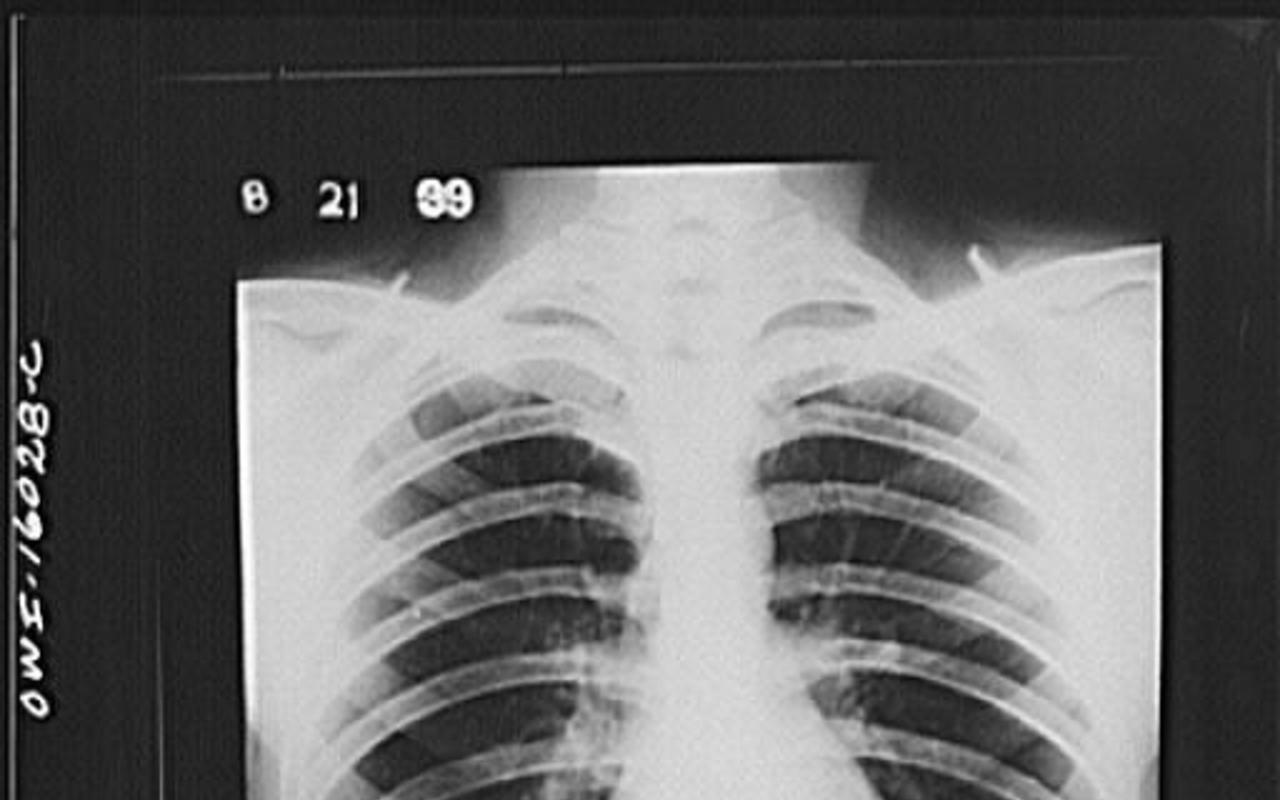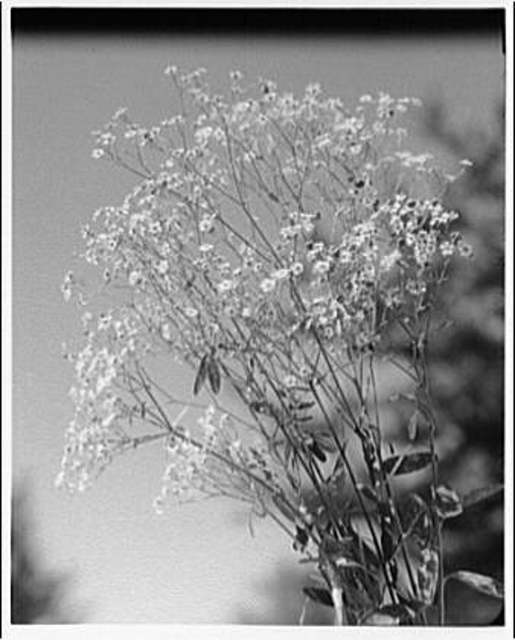
Human Interconnection with Nature
human abuse on nature & how to overcome it
For our final project, we want to focus on the human connection with nature and how humanity has shifted, in many cultures, from having a symbiotic relationship with nature to one where we abuse its resources. This can be shown in societies in which many consider them to be more “modern” or “advanced,” but have achieved this by ignoring ways that indigenous cultures have studied the land to work with it for not only humanity's benefit but the benefit of the land. We discuss how the use of elements to simplify nature is thought about, or lack thereof, in governments and elite parts of society compared to other communities like indigenous ones who have a more symbiotic relationship with nature and its elements. This comparison will show how the elements hold power and the abuse of this power for personal gain will negatively affect those who rely on it. The symbiotic relationships that many historically sustainable and indigenous cultures have cultivated stem from root feelings of connection with their environment. One powerful way that societies have previously and continue to express these feelings is through art. Art can be extremely effective in portraying feelings and philosophies that focus on unity with the natural environment that may be difficult or near impossible to accurately express through any other medium. We focused on communicating ways art has been and continues to be used in ways to promote these feelings of unity with the natural world and its elements. Through this exploration, hopefully, it can inspire people to feel connected to nature and work towards ways of working towards a more sustainable culture.

Arthur S. Seigel, "Detroit, Michigan. New method of making x-ray photographs size 4x5 inches instead of larger. Used at the Herman Kiefer Hospital for Communicable Diseases to show various stages of tuberculosis," 1939, negative. Theodor Horydczak, "Flowers and plants. Cluster of Tiny Flowers," 1950, nitrate film negative.
Resources
Single Resources
Texts
Uncategorized
- This text has 0 annotations
- This text has 0 highlights

